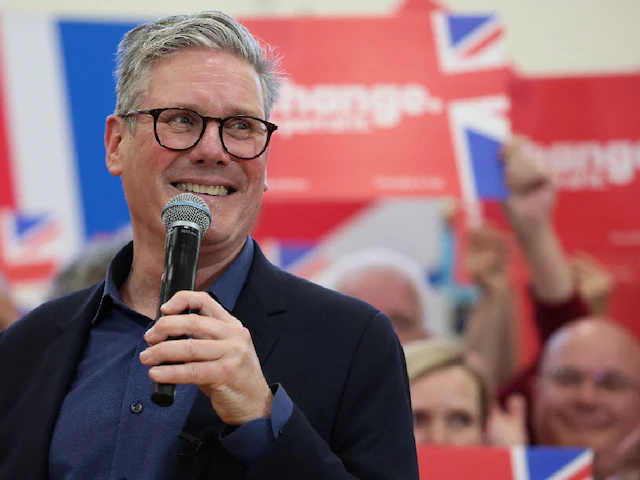The H-1B visa has always been more than just a piece of paper. For tens of thousands of Indian engineers, developers, and project managers, it’s been the golden ticket to Silicon Valley boardrooms and Wall Street trading floors. Now, with a single signature, that ticket just became a lot more expensive.
This week, President Donald Trump unveiled a sweeping change: U.S. companies sponsoring foreign workers on H-1B visas will be required to pay a staggering $100,000 annual fee. Officials framed the move as a way to curb “outsourcing abuse” and protect American jobs. But behind the rhetoric lies a reality—India, which accounts for nearly three-quarters of all H-1B recipients, will feel the tremors most acutely.
India in the Crosshairs
For years, India’s tech sector has been the beating heart of the H-1B program. Infosys, TCS, Wipro, and a slew of smaller firms have used the pathway to funnel top talent into U.S. companies, often working on contracts for giants like Microsoft, Amazon, and JPMorgan. With the new fee, many of these firms face an impossible equation: pay up or pull back.
Smaller Indian consultancies, in particular, may simply not have the margins to absorb six-figure annual costs per employee. “This is effectively a hiring tax,” one Bangalore-based IT executive told me. “It forces us to either pass the cost to clients in the U.S. or cut opportunities for our engineers. Either way, Indian workers lose.”
American Tech Firms Caught in the Middle
Ironically, U.S. companies may suffer as much as their Indian partners. The country’s biggest tech players—Google, Meta, Microsoft, Amazon—have all leaned heavily on H-1B talent to fill specialized roles in AI, cloud computing, and cybersecurity. A $100,000 surcharge per worker isn’t just a line item; it’s a recruitment deterrent.
Some firms are already advising H-1B holders and their families to stay in the U.S. until the dust settles. Others are eyeing nearshoring options—setting up bigger bases in Toronto, Dublin, or Singapore, where visa hurdles are far less punishing.
The Human Cost
For Indian families already in America on H-1B visas, the announcement landed like a gut punch. Many are on a years-long waitlist for permanent residency, balancing careers with constant uncertainty. Now, their very presence has been turned into a bargaining chip.
On social media, Indian tech workers shared fears of layoffs or stalled projects. “I’ve worked 10 years here, paid my taxes, built a life,” one engineer in New Jersey wrote. “Now it feels like I’m a liability to my company.”
Geopolitical Ripples
Beyond the corporate balance sheets and personal anxieties, the decision risks straining U.S.–India relations. New Delhi has long lobbied Washington to expand—not restrict—visa access for its skilled workers. With India emerging as both a strategic ally and a global tech hub, this policy could complicate the delicate partnership.
Some recent data on the % of H-1B visas by country:
• India got around 71-73% of H-1B visa approvals in FY 2023.
• China is the second largest, at about 11-12%.
• Other countries each have much smaller shares, typically under 2%.
China, meanwhile, may see an opening. If the U.S. clamps down on foreign tech workers, rival nations will happily scoop up talent for their own AI and semiconductor ambitions. Global competition doesn’t pause for political theatrics.
What Comes Next
Congress is expected to face intense lobbying from both sides—domestic labor unions pushing to keep the fee in place, and multinational corporations warning of brain drain. Court challenges are also inevitable, with legal experts already questioning whether such an executive order can withstand scrutiny.
But for now, one thing is clear: the $100,000 H-1B visa fee isn’t just a policy change. It’s a jolt to the system—reshaping hiring strategies, unsettling families, and throwing a shadow over the very idea of America as a magnet for global talent.
For Indian workers, the dream of coding in California or designing chips in Austin hasn’t died. But it just got a lot more expensive, and perhaps, a lot more fragile.







